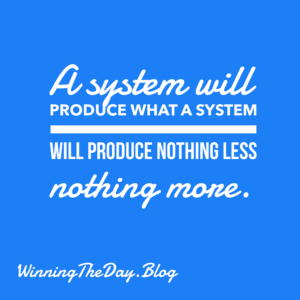You don’t always have to be in the room to feel the impact. Sometimes, the most powerful ideas travel through the networks we build. That’s exactly what happened this week when my phone started buzzing. Several trusted connections, all leaders in their own right, attended a seminar with business powerhouse Elena Cardone and were generous enough to share their notes.
As I reviewed their takeaways, a clear message emerged. The insights, stemming from an event sponsored by Capital Title, were too valuable not to synthesize and share. For anyone looking to build, grow, and dominate their industry, these principles are pure gold.
Here are the key lessons, compiled from the notes of those who were there:
1. Collaboration is the New Currency
A recurring theme was that in today’s economy, your greatest asset isn’t just your bank account; it’s your ability to form strategic alliances. The message from Cardone and Copeland was clear: fostering deep, collaborative relationships creates opportunities and generates value far beyond what one person can achieve alone. It’s time to shift our focus from just networking to actively building with others.
2. Commit First, Figure the Rest Out Later
This is a direct challenge to analysis paralysis. How many great ideas die while we wait for the “perfect” plan? The notes emphasized a core tenet of the “10X” philosophy: take decisive action. The act of fully committing to a goal unleashes the momentum and creativity needed to find solutions along the way. Progress over perfection.
3. Your “Future Self” Demands Present-Day Sacrifice
A powerful question, highlighted in every set of notes, was: “What are you willing to give up to get to where you want to be?” This is about making disciplined trade-offs. To become the person you aspire to be, you must consciously eliminate the habits, comforts, and distractions that are holding you back. Success has a price, and it’s paid with intention.
4. Audit Your Actions Daily
The most practical takeaway was a simple filter for daily decision-making: “Do my actions push my ‘Future Self’ farther away, or pull it closer?” This forces immediate accountability. Every choice, from what we eat to how we spend our time, either serves our ultimate vision or sabotages it.
5. Your Inner Circle is Your First Line of Defense
The people you surround yourself with will either build you up or tear you down. The notes from the event were starkly clear on this:
- A huge red flag: When someone attacks your strengths. This is often a sign of their own insecurity and jealousy.
- Another red flag: When someone feeds your weaknesses (vices, bad habits, etc.). These enablers keep you from your potential.
True partners, in business and in life, align with your ethics and champion your growth.
It’s a testament to the power of community that these lessons can ripple outwards. A big thank you to my network for sharing this wisdom. The message from Elena Cardone is undeniable: building an empire requires an unapologetic mindset, strategic action, and a carefully curated inner circle.
Source: These insights were compiled and synthesized from notes shared by several connections who attended a recent event featuring Elena Cardone and Lisa Copeland, sponsored by Capital Title.




